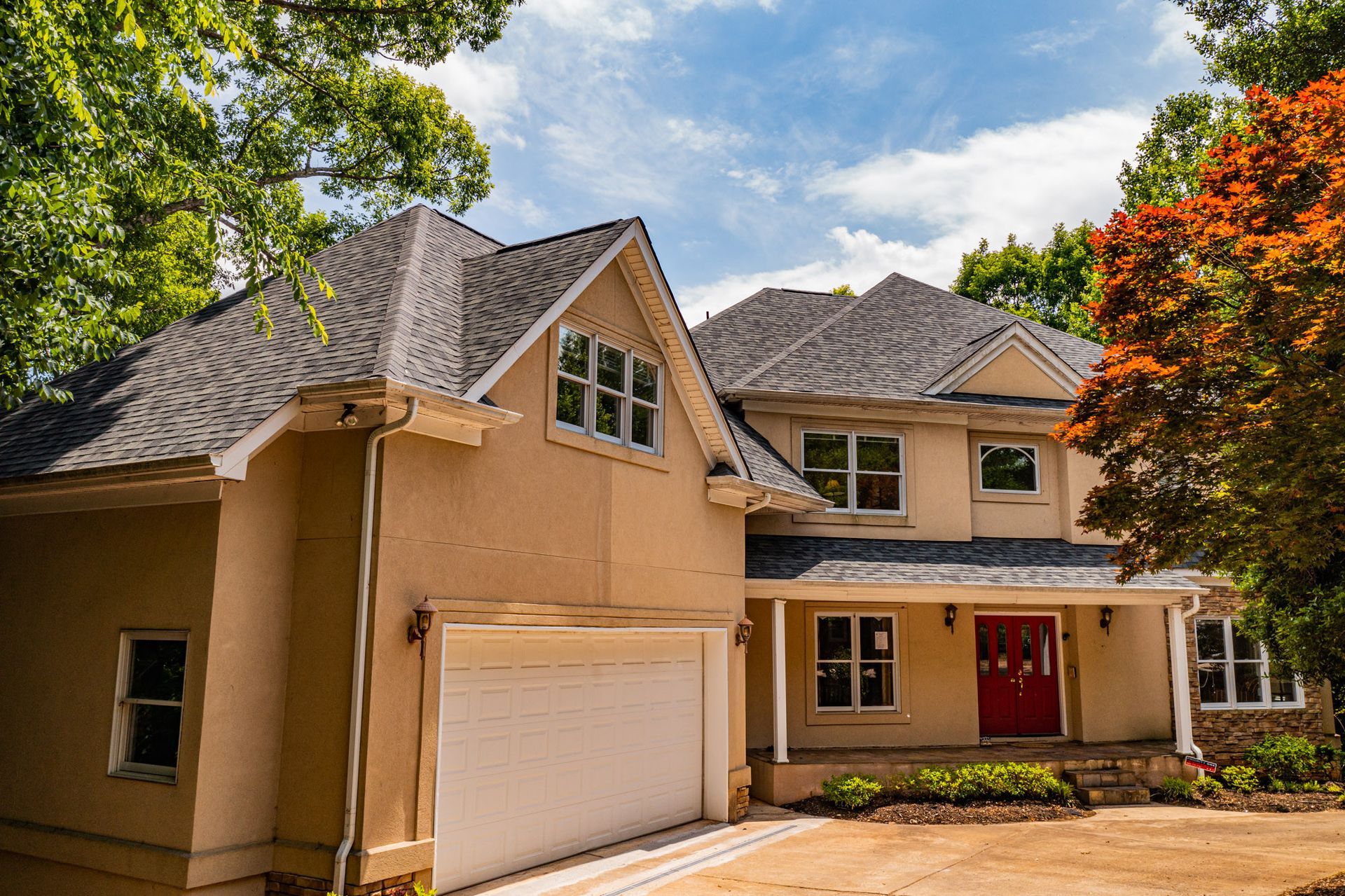10 Signs It’s Time to Replace Your Roof
10 Signs It’s Time to Replace Your Roof
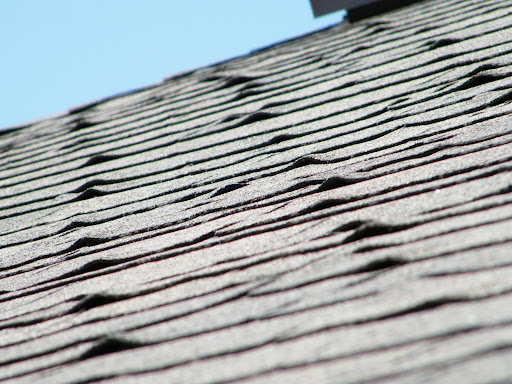
Nothing protects your home, more literally, than the roof over your head. In addition to keeping your home safe from the elements, a healthy roof is essential in maintaining the structural integrity of your home and providing additional insulation. Despite its vital importance, when it comes to maintaining and protecting your home, roofing is rarely on the minds of its homeowners.
According to the National Roofing Contractors Association, homeowners should perform a regular roof inspection twice a year: in the Spring and Fall. The Spring inspection is intended to detect and repair damage to the roof that occurred during the winter and the fall inspection should prepare the roof for the upcoming winter.
Heritage Builders is a quality contractor that specializes in roof restoration and repairs in Oceanport and the surrounding areas throughout New Jersey. We know what it takes to give you a roof that will provide you with peace of mind for the years to come.
Learn to recognize the key signs that it’s time to repair or replace your roof:
10 Signs It’s Time to Replace Your Roof
- Sagging
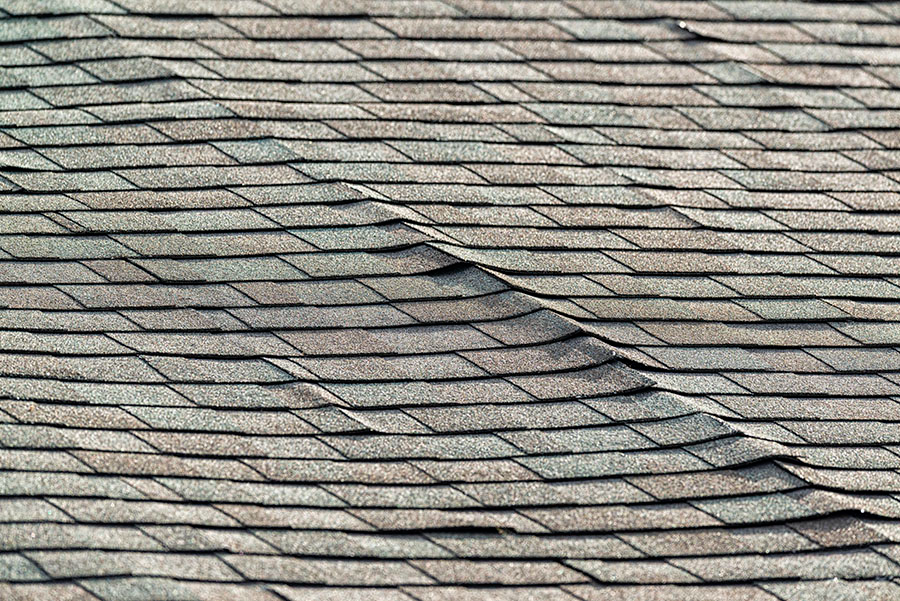
Whether it’s a result of water damage, excess weight, poor installation, or just plain old age – any form of sagging is never a good sign. Although minor sagging does not likely indicate that your home is on the verge of collapse, structural issues should never be ignored. If you notice that your roof is sagging, especially on the lowest points of the house, be sure to contact a professional as soon as possible.
2. Curling, Buckling or Cracked Shingles
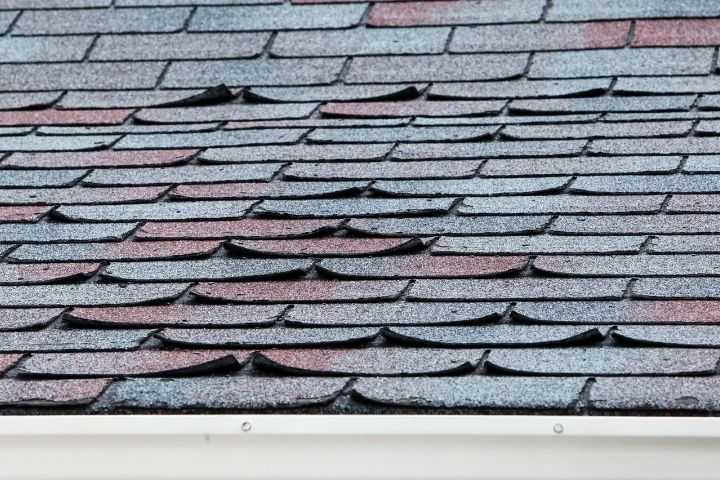
Curling, buckling or cracked shingles are signs of weather damage. If you notice significant shingle damage and your roof is getting upwards of around 20 years old, it is a good indication that a roof replacement is in your near future. Damage to your shingles can create opportunities for water to penetrate to your roof deck and potentially cause leaks.
3. Shingles with Bald Spots or Missing Granules
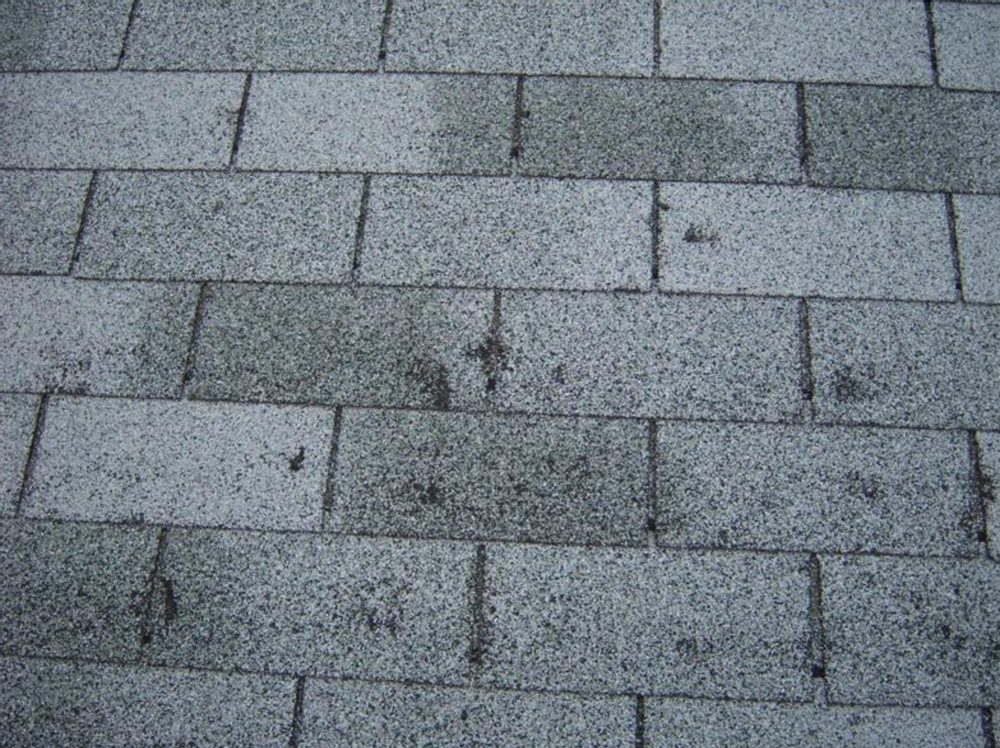
Asphalt shingles are covered in small stone granules that serve a critical function: protecting the asphalt paper underneath from damaging UV rays and baking heat from the sun. Loose granules can be caused by storm debris and hail, but more commonly old age. When granules begin to come loose, a roof begins to fall apart rather quickly. An excellent first place to check for loose granules is in your gutters. When rainwater drains from your roof, they can be swept downwards and end up there.
4. Exposed Nails
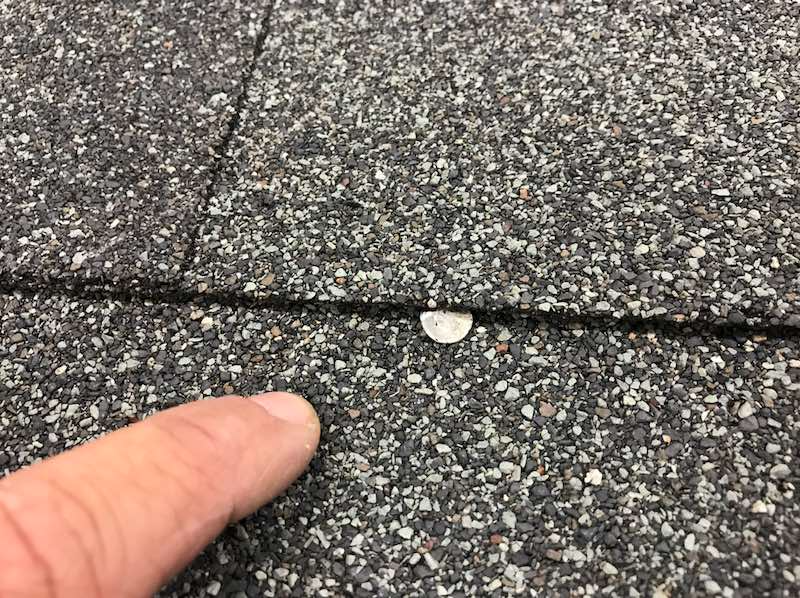
Properly installed nails should not be visible and should lie beneath the shingle in which they are inserted into. Nails can become exposed from loose shingles if they are overdriven into the shingle(s) or placed on the wrong spot at installation. Severe weather events, such as heavy winds or snow, can also lead to exposed nails by loosening the shingles above them. When nails lie exposed to the elements, they are subject to tarnishing; ultimately leading to holes that can let water into your home.
5. Blisters or Damage on Flashings

Flashings are the most vulnerable part of any roof, but are nonetheless essential in providing a watertight junction between roofing materials and roof projections (such as vents, skylights, or chimneys). Most flashing troubles result from deficient flashing design and improper installation. Visible damage such as blisters, punctures, broken seams, or separation from vertical surfaces are likely signs that moisture has worked its way through the flashings. It should be noted that leaks can sometimes even occur at flashings where there are no visible defects present. These leaks may be the result of open joints in stone walls, which can lead to water entering behind the flashings and into the home.
6. Excessive Moss or Mold
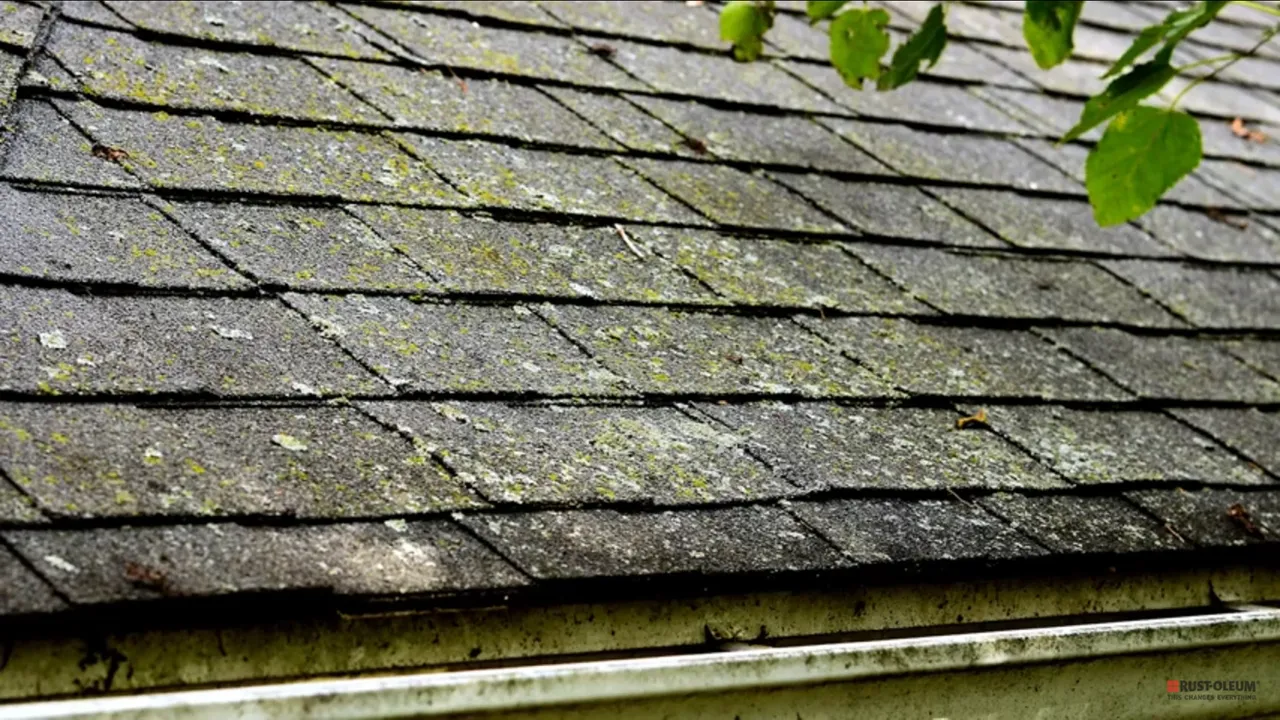
Moss and various fungi, such as molds, are types of organic growth that thrive on areas of high moisture. Structures in and under your roof that are moisture-ridden are prone to sagging and structural deficiencies. Certain molds can also have negative effects on your health if it makes its way into your home.
7. Visible Damage in the Attic

Your attic is one of the first and best places to look for signs of roof damage. Whether its stains, dripping water, discoloration, or even daylight shining through the roof boards – all of these problems are indications that your roof needs to be inspected right away.
8. High Energy Bills
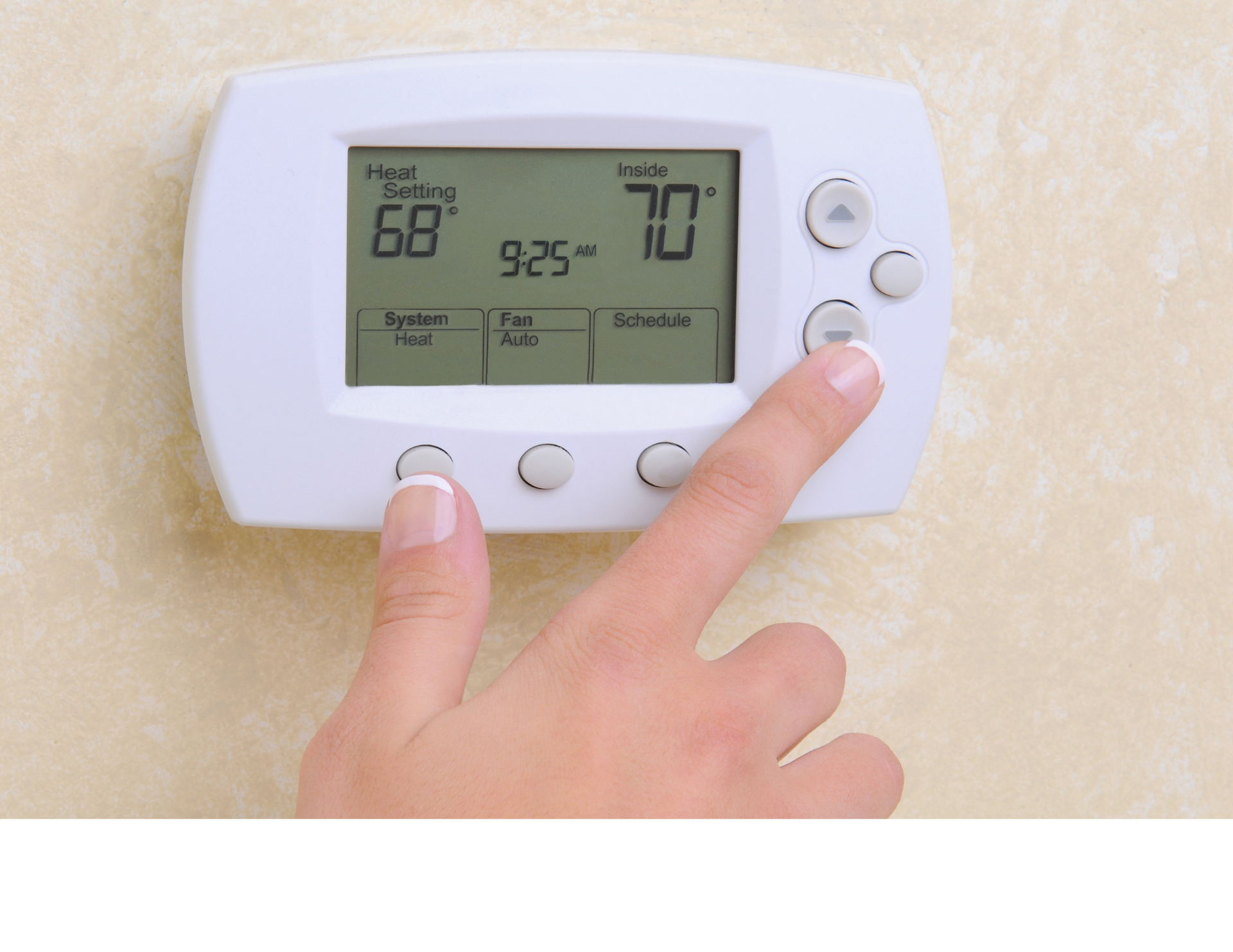
Increasingly high energy bills may be a sign of a failing roof system. A roof that needs replacing may allow cool air or heat to escape your home – causing your HVAC system to work overtime. If you’ve recently moved into a new home with a high energy bill or have a bill that has noticeably increased over time; it is advisable to get your roof inspected. It should be noted that there are other reasons that an energy bill can begin to increase, but this is one factor that should be considered.
9. Your Roof Is 10+ Years Old
If your roof hasn’t been replaced in over ten years, it may be time to look into a roof replacement. The first step is to find out what type of roof you have. Take a look below to see the most common types of roofing and their estimated lifespans:
Asphalt Shingles
10-20 year lifespan
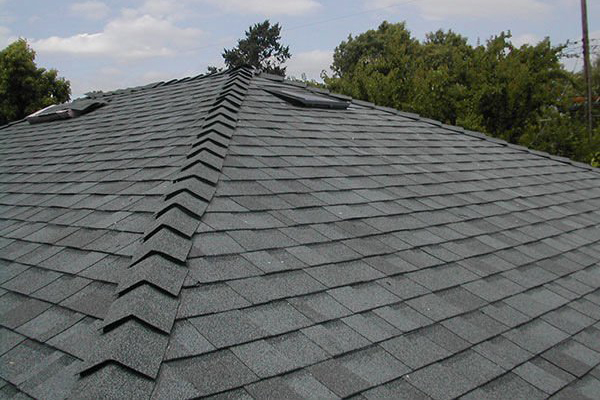
Metal Roof
30-50 year lifespan
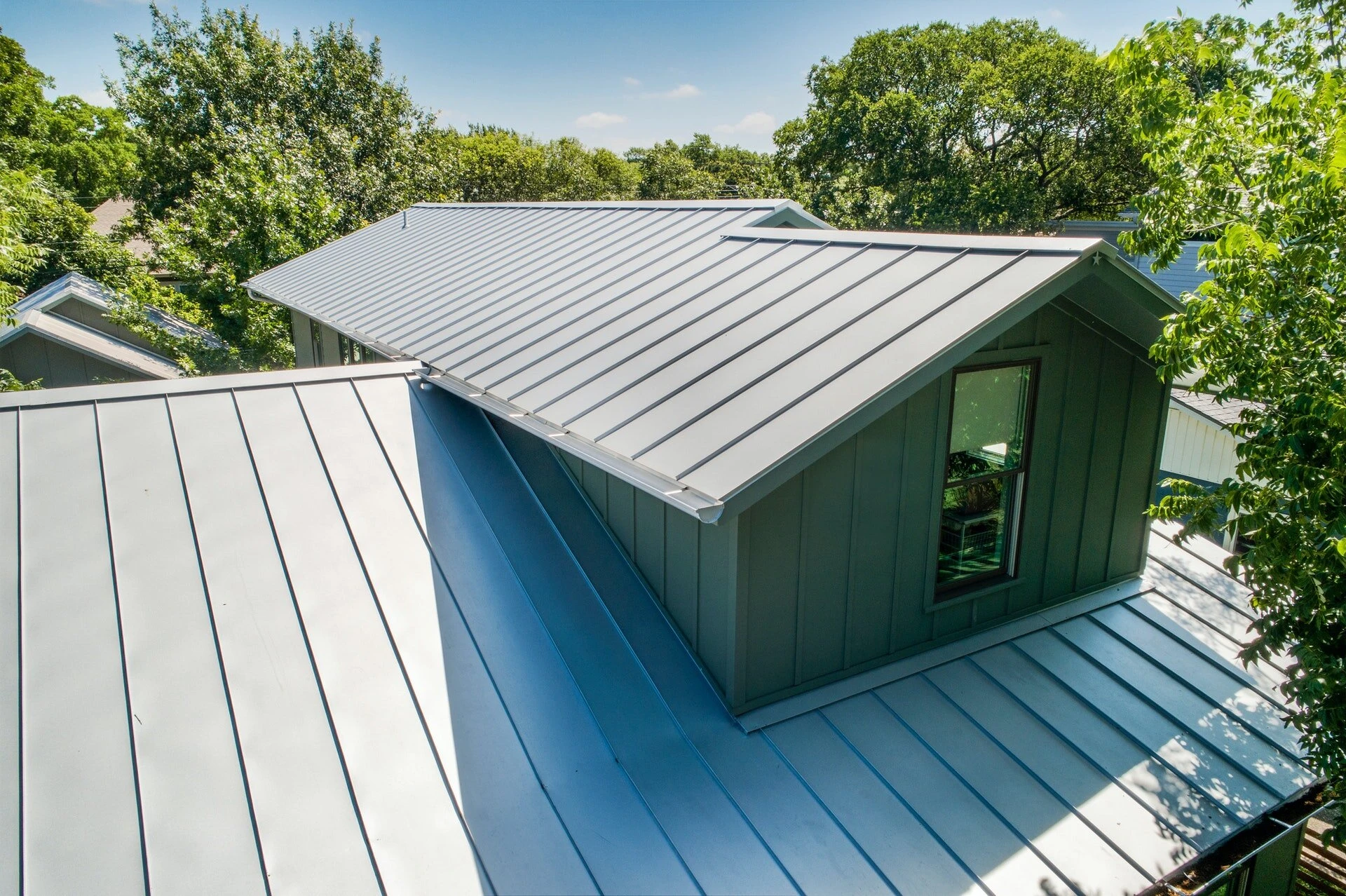
Clay Tile Roof
40 year lifespan
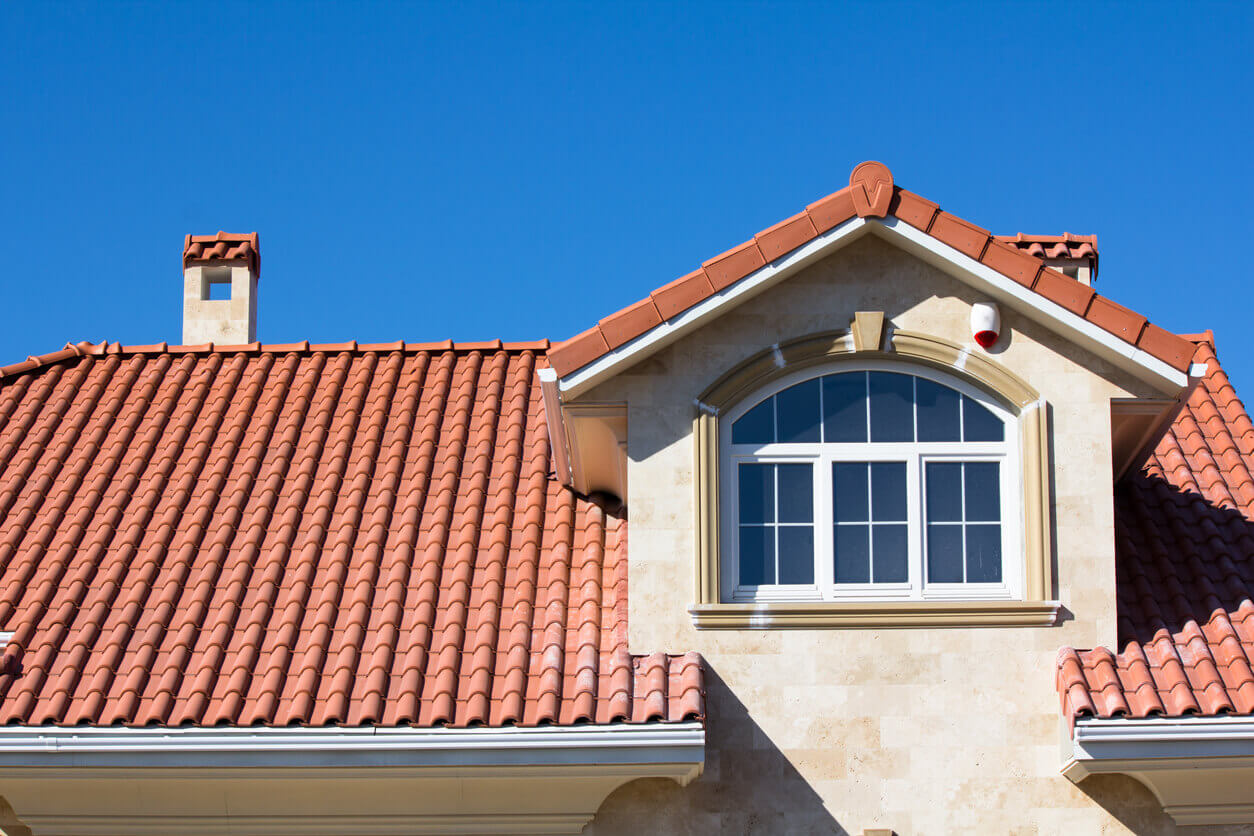
10. Your Neighbors are Having Theirs Done
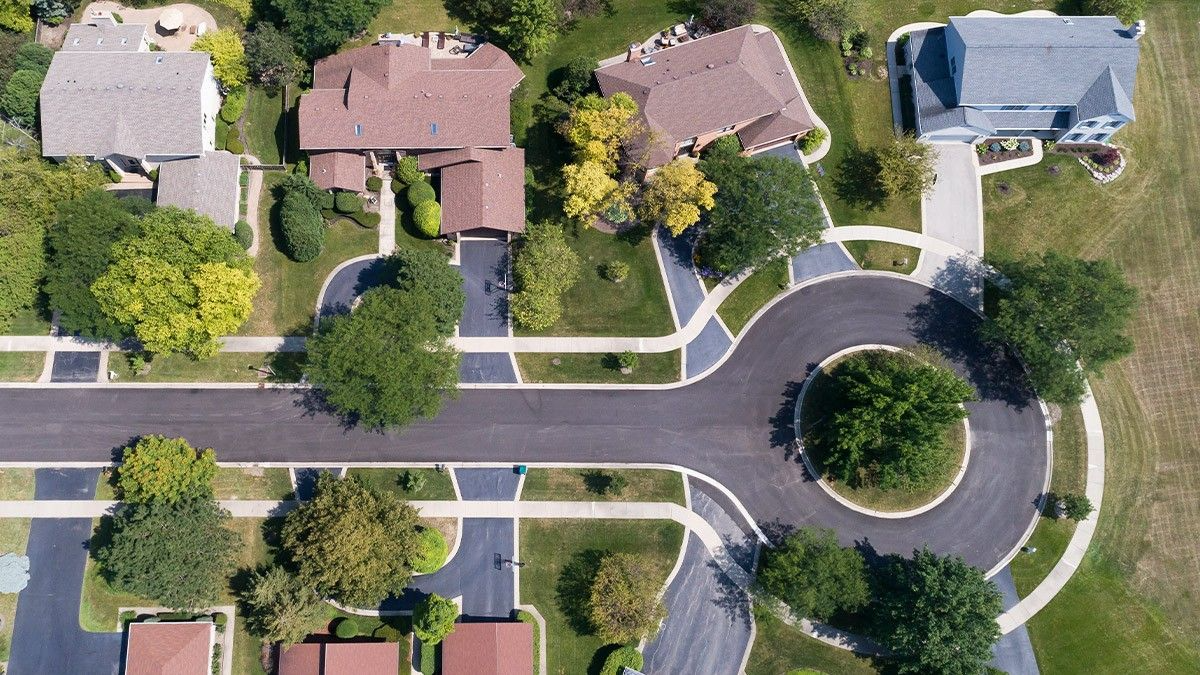
Homes built in the same location and around the same time will experience the same types of weathering. If your neighbors are replacing their roofs, this can be a sign that your roof is nearing the end of its life.
Additional Tips
Being Proactive is Key
Be sure to get regular inspections done and if you see any signs of damage, it’s a good idea to get an additional inspection to be safe. Inspections are key, as you cannot always see the underlying damage that is being done until it’s too late.
Semi-Annual Roof inspections
Beginning when the roof is initially installed and continuing at least twice each year subsequently. The spring inspection should be made to detect and repair damage to the roof that occurred during the winter. The fall inspection should prepare the roof for the upcoming winter. The first semi-annual inspection is important because it frequently discloses minor defects that were not apparent in the final inspection when the roof was first completed.
Special Inspections
In addition to scheduled semi-annual inspections, roof inspections should be made whenever you experience unusually severe weather conditions, such as strong winds, hail, snow or long, continued rain. Also, before and after any maintenance, repair or installation of rooftop equipment, parapets, chimneys and at other times when the roof is altered or may have been damaged.
Citation(s)
NRCA/ARMA Manual of Roof Maintenance and Repair. National Roofing Contractors Association and Asphalt Roofing Manufacturers Association, 1988.

